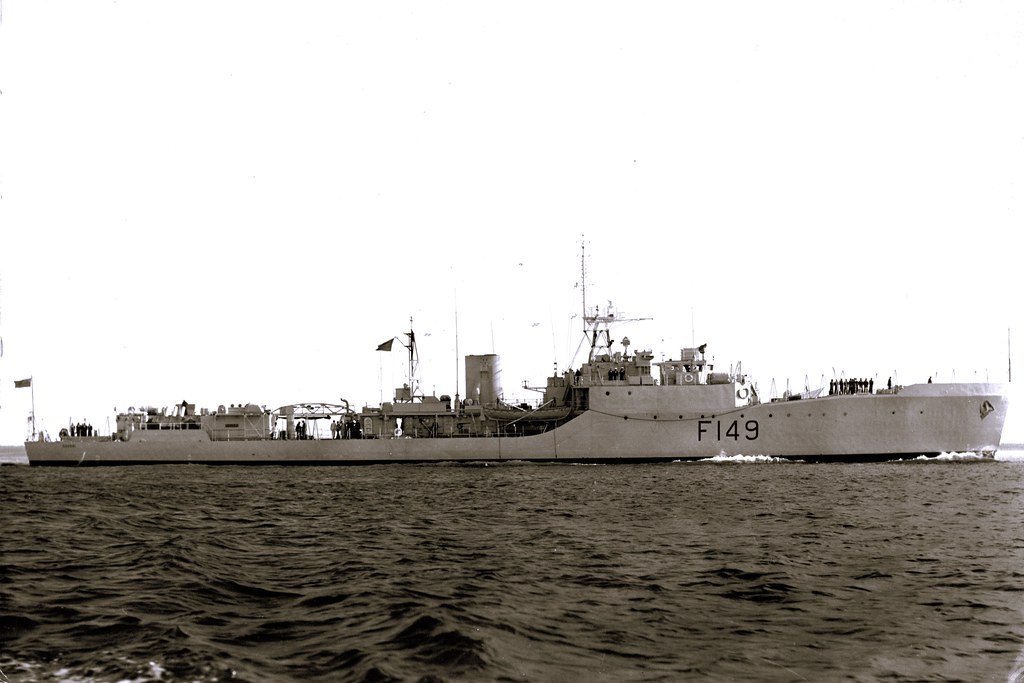Context:
The first Hangor-class submarine, constructed by China for Pakistan, was recently launched at a shipyard in Wuhan.
More on the News:
- This is the first of eight submarines that the Pakistan Navy plans to include in its fleet by 2028.
- The submarine will significantly enhance Pakistan’s naval capabilities and will pose a direct challenge to India’s Kalavari class submarines.
- India presently possesses six Kalavari-class submarines and plans to induct three additional submarines into service by the early 2030s.As the Indian Navy’s Project-75I, which aims to acquire six next-generation submarines, remains uncertain, Pakistan is progressing rapidly with its own submarine program.

Characteristics:
- Hangor-class: Export variant of Chinese Type 039A Yuan class.
- The submarine is named after PNS Hangor, famous for sinking INS Khukri in 1971.
- Propulsion: Diesel engines power the submarine when surfaced or snorkelling (as they need air to operate), while a battery, charged by the diesel engine, allows the vessel to operate while submerged.
- The Hangor-class has four diesel engines. It is also equipped with an air independent propulsion (AIP) system, which significantly increases the submarines’ endurance underwater.
- Armament: Attack submarines are specifically designed for sinking other submarines or surface vessels using torpedoes, or in modern times, cruise missiles.
Comparison with India’s Kalavari Class:
| Feature | Hangor Class (Estimated) | Kalvari Class |
| Origin | China | France (design), India (construction) |
| Displacement | 8,000 tonnes submerged | 6,190 tonnes submerged |
| Length | ~89 meters (292 ft) | ~74 meters (243 ft) |
| Propulsion | Diesel-Electric with AIP | Diesel-Electric |
| Armament | six 21-inch torpedo tubes | 6 x 533mm torpedo tubes |
| Missiles | Babur-3 subsonic cruise missile, which has a range of 450 km. | Exocet anti-ship missiles, Harpoon missiles (future upgrade), land-attack cruise missiles (ITCM, BrahMos-NG) |
| Sensor Suite | Modern | French-origin technology, advanced sonar and electronic warfare systems |
| Crew | ~40 | 44 |
| Operational Advantages | – Potentially longer endurance with AIP (if functional) | – A wider array of confirmed weapon options for greater mission flexibility – Proven French sensor technology |
Key Differences:
- Displacement: Hangor-class submarines are estimated to be larger, offering potentially more space for crew and weapons.
- Propulsion: Information on Hangor’s Air-Independent Propulsion (AIP) system is limited and shrouded in secrecy. Kalvari-class submarines rely solely on diesel-electric propulsion, limiting underwater endurance.
- Armament: While both classes carry torpedoes, Kalvari boasts a confirmed and wider range of missile options, including land-attack capabilities.
- Sensor Suite: Details on Hangor’s sensor suite are scarce. Kalvari leverages proven French technology, offering a potential edge in underwater detection and combat effectiveness.
Project 75I Overview:
- Objective: Enhance the Indian Navy’s strength with advanced diesel-electric attack submarines.
- Background: Conceived in 1997 to replace ageing Sindhughosh-class submarines.
- Partnership Model: In April 2001, the Indian Navy adopted the Scorpene design offered by French naval firm Armaris.
Key Features:
- Stealth Features: It is equipped with advanced acoustic absorption techniques, low radiated noise levels, long-range guided torpedoes, tube-launched anti-ship missiles, sonars, and sensor suites.
Air Independent Propulsion (AIP) System:
- Enhanced Endurance: AIP technology enables submarines to stay submerged for up to two weeks without surfacing.
- Indigenisation: A minimum of 45% indigenisation for the first submarine, increasing to 60% by the sixth.
- MSME Development: Boosts the submarine-building industry and enhances the manufacturing sector, especially for MSMEs.
- Size: Submarines under Project 75 (I) may be larger than those of previous submarines.
- Indigenous AIP by DRDO: DRDO’s Fuel Cell-powered AIP system to be fitted onboard INS Kalvari, in collaboration with Naval Group (France).
- Capabilities: Include Anti-Surface Warfare, Anti-Submarine Warfare, ISR, and support for Special Operations Forces.
- Operating Environment: Designed for operation in both open ocean and shallow/littoral waters.
- Timeline: Originally planned for late-2020s, now expected by mid-2030s.
- Cost: Estimated at ₹43,000 crore (approximately $6.0 billion in 2023).
Conclusion:
India faces a significant challenge with Pakistan’s rapid progress of Hangor-class submarines and their potential to disrupt regional naval dynamics. India must expedite Project 75I to bolster its submarine fleet. Emphasis on indigenous defense, strategic partnerships, and diplomatic engagement to maintain regional stability is vital for effectively navigating evolving naval dynamics.

